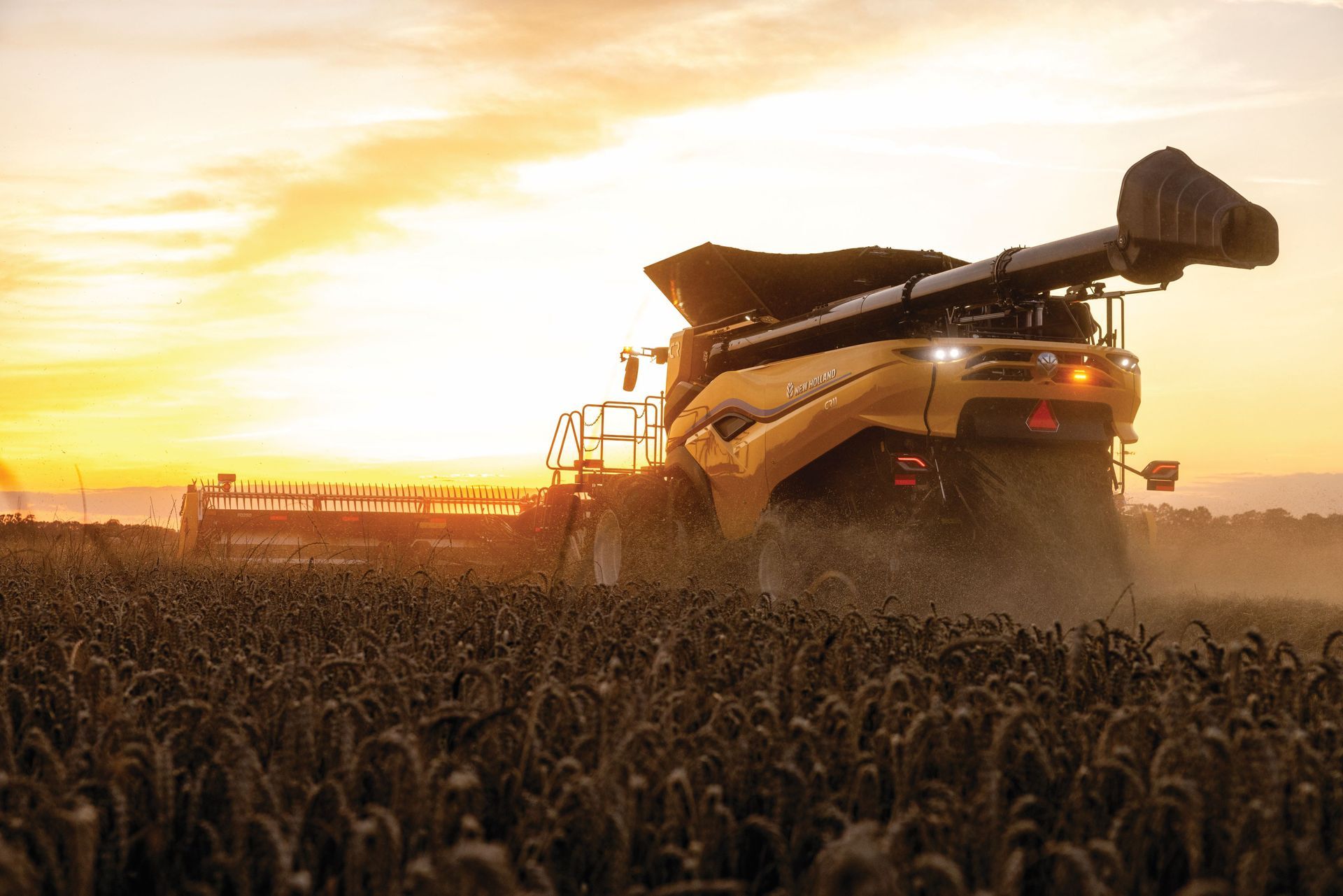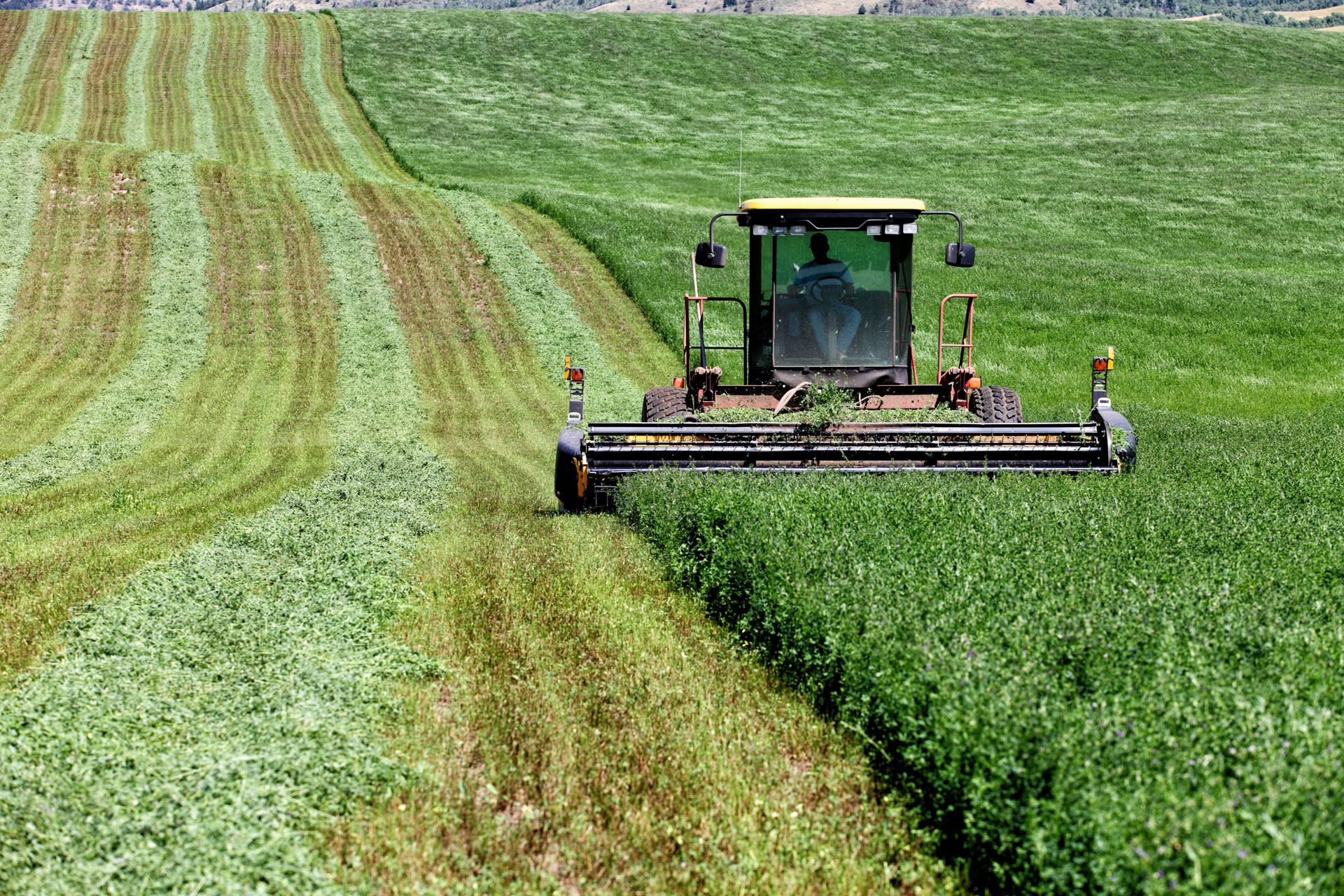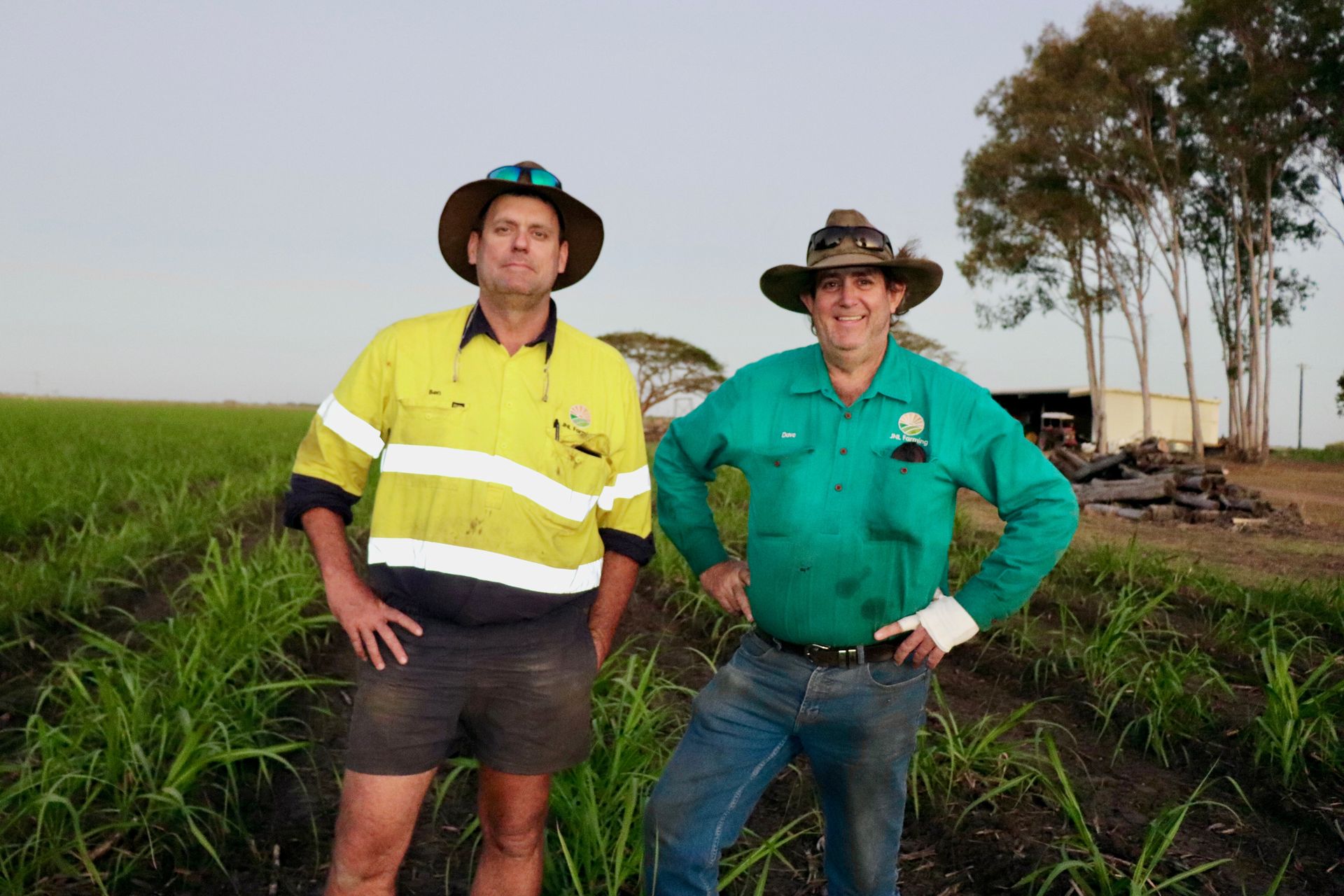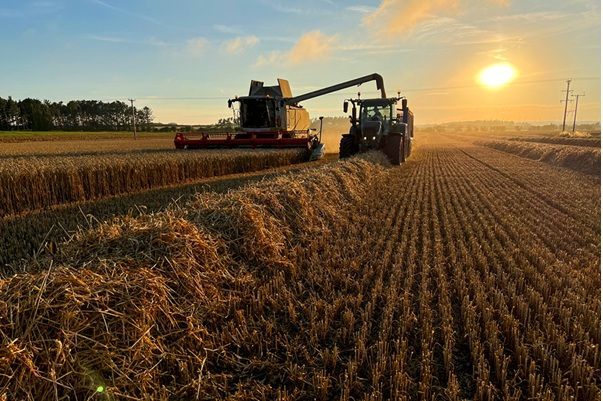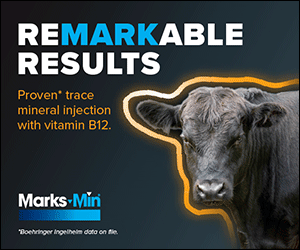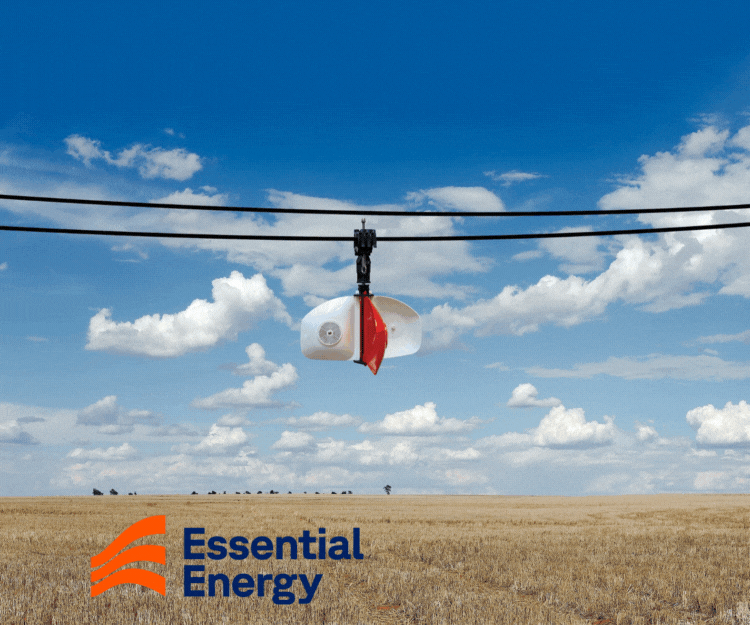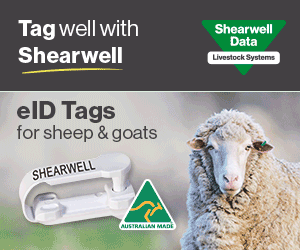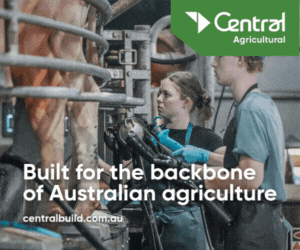1MG FlippingBooks
Contributing to our recreation and rural life – the place of the horse in Australia
Little is known about the scale of activity associated with the recreational equine industry in Australia, but a large scale survey is seeking to change that.
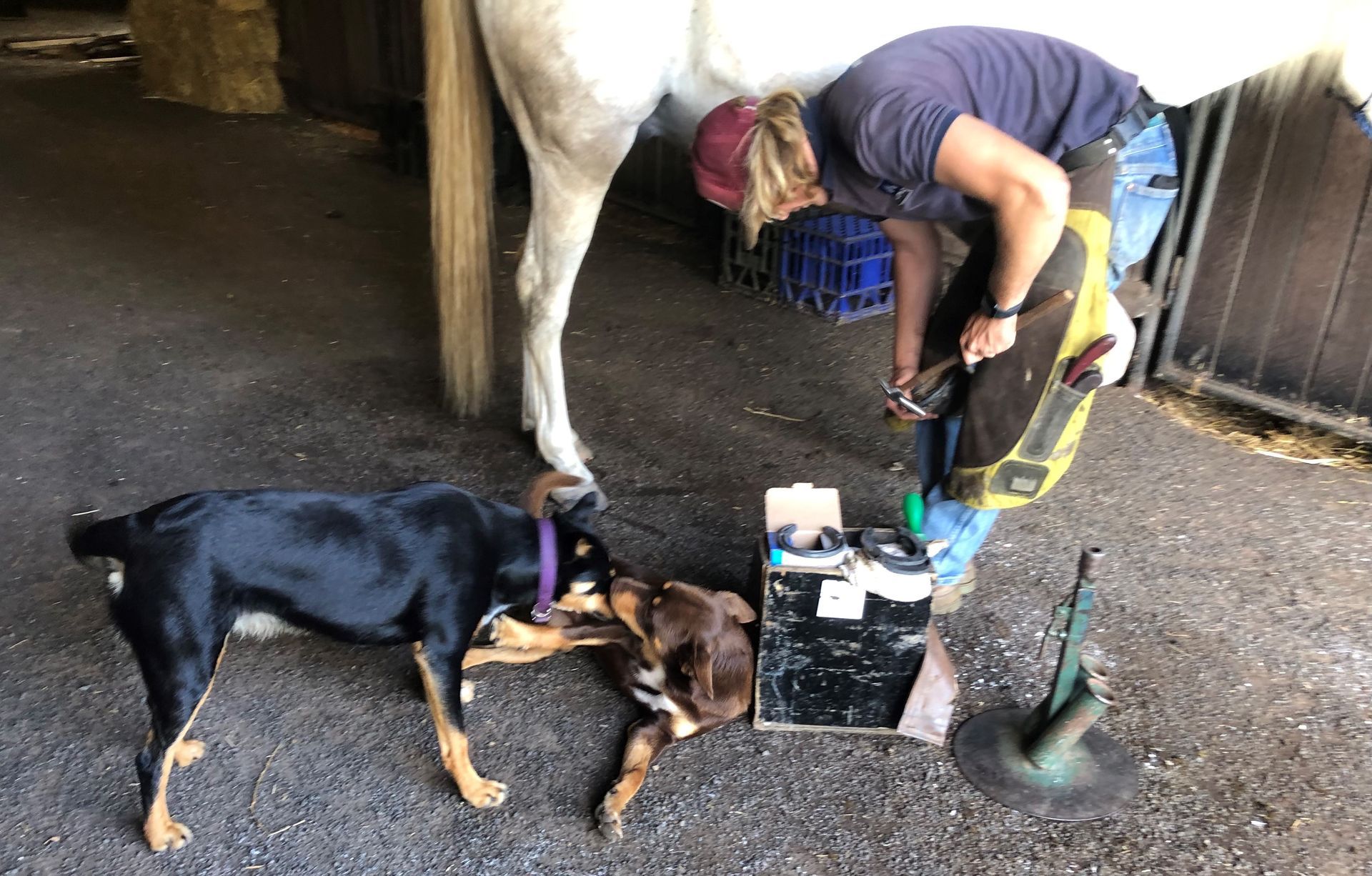
Equine owners have an idea of the amount of resources and time they expend individually, but what does this mean on a national scale?
President of the Australian Horse Industry Council Mark Burnell says that although horse racing is generally considered an area of high economic activity and employment, the majority of horses in Australia are owned for recreational purposes.
“This is why we feel it’s important to gain an understanding of the contribution of the recreational sector to the economy,” says Mark.
“We also know that horses still play an integral role on many rural properties across Australia in a working capacity, too. Some members of the AHIC are pastoral companies with hundreds of horses on their properties that they couldn’t do without.”
Seeking to explore this and related areas of the recreational horse industry, the Australian Horse Industry Council undertook a national survey – the first of its kind in almost 10 years – in late 2023.
The AHIC survey was developed using the previous 2014 survey as a base and then expanded to specifically target respondents’ knowledge and understanding of biosecurity requirements, costs and other issues relative to owning, breeding, and racing equines and the participants that run events or provide services.
The anonymous survey was open to anyone in the recreational horse sector and attracted approximately 500 participants.
Contribution of the recreational horse sector to the economy
Those who own equines know that it isn’t an economic pursuit for the faint-hearted.
The AHIC survey is proof of the age-old advice that the actual equine is sometimes the cheapest part of the scenario.
On average, respondents reported spending just under $30,000 per annum on equine-related activity.
This included:
- horse feed
- veterinary care
- farriers
- health care providers (such as dentists)
- agistment or property expenses
- tack and rider equipment
- competition fees
- transportation expenses (e.g. cars, trucks, floats, fuel)
- trainers and coaches.
Some survey respondents were actually a little shocked at how much they spent in total. One respondent admitted that they spend “too much, according to my husband!”
As a collective, survey respondents reported a total annual spend of just under $15 million.
“if you scale this to the number of people involved in the recreational horse sector, you can see the amount of money that is injected into the economy is really very significant,” says Mark.
"Often, this money is spent in regional and rural areas. Governments at all levels need to be cognisant of the size of the recreational sector when making policies.”
Biosecurity - protecting the national herd
As an island nation, Australia has had the incredible fortune of safety from many of the infectious diseases that threaten equine populations around the world. Our approach to quarantine and biosecurity is critical to ensuring that diseases such as African Horse Sickness are kept at bay.
“While biosecurity is the responsibility of state and federal governments, it’s critically important that recreational equine owners and competition organisers are aware of the part they play in keeping our national herd safe,” says Mark.
In line with this requirement, the survey interrogated both individual equine owners and equestrian event organisers respectively on their level of biosecurity awareness and biosecurity protocols.
More than 75 per cent of respondents indicated an awareness of their obligations in regard to equine biosecurity, and 77 per cent confirmed they had a Property Identification Code (PIC.)
The Australian Horse Industry Council has been advocating for greater consistency between states and for both PICS and animal movement regulations.
Over the last couple of years, the AHIC has been actively involved with the Federal Government’s working group on Equine Traceability. A key driver of this is ensuring that the industry as a whole is as prepared as possible for any biosecurity threat to equines in this country.
When asked about microchipping, only 41 per cent of respondents said 100 per cent of their equines were microchipped – an interesting insight on the path to a sustainable and affordable national traceability system in Australia.
The Australian Horse Industry Council thanks all survey respondents for providing this information, which will be critical in shaping the organisation’s work into the future.
About the AHIC
The Australian Horse Industry Council (AHIC) represents the interests of equine industry professionals as well as the health and welfare of all Australian equines, both working and recreational. If you or your club or association would like to join the AHIC, please visit https://www.horsecouncil.org.au/membership-info
